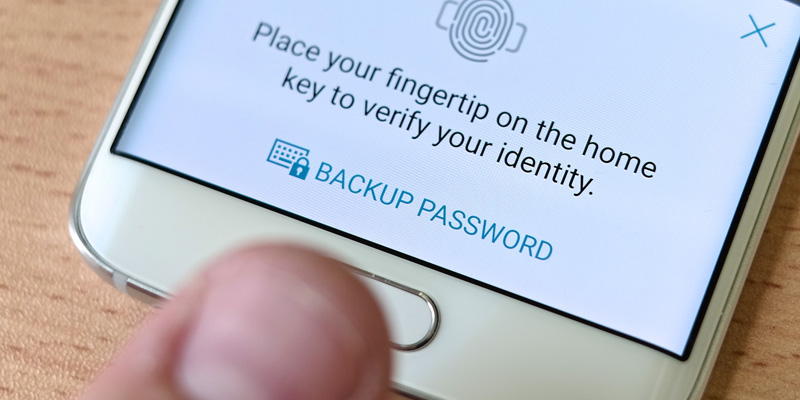Two researchers at Michigan State University have come up with a new method of hacking devices that use fingerprint biometrics to protect and lock the user’s data. Kai Cao and Anil K. Jain from the Department of Computer Science and Engineering have proven you can spoof fingerprints using a regular inkjet printer, three AgIC silver conductive ink cartridges, a normal black ink cartridge, and AgIC paper.
The equipment required costs less than $500 – making it very accessible. Coupled with how easy it is to do, fingerprint hacking is now a dangerous reality.
You can obtain a fingerprint – even from the stolen phone itself – scan it at 300 dpi and then print it on AgIC paper. Simply placing the printed fingerprint over the phone’s scanning sensor unlocks the phone and grants full access to the device and data. This process has been successfully tested on Samsung Galaxy S6 and a Huawei Honor 7. The Samsung was easy to crack, the Huawei phone needed more tries. The video below highlights how simple it is.
The time required? Less than 15 minutes – about the same as it takes to head around the corner and grab a coffee, or the time it takes to realise you left your phone at the coffee shop.
Fingerprints and biometrics are growing in popularity for everything from phones to home security. The research highlights how unsafe this authentication method is, and why organisations need to be investing in other control methods.
If a device is misplaced or stolen (or does not have privileges correctly rescinded upon separation), the data and network access from the device pose a serious risk when fingerprint spoofing is so simple.
But not all is gloom and doom – Mobile Device Management (MDM) software is readily available and easily deployed. MDM solutions like Citrix XenMobile and VMware AirWatch allow organisations to silo and encrypt content on devices, and remotely nuke the content should the device fall into the wrong hands or be misplaced.
There are also file sharing and distribution tools like Citrix ShareFile that extends on traditional sharing by adding encryption and file expiration – enabling confidential or high value documents to be distributed securely. ShareFile (and all files) can also be remotely deleted should the need arise.
If you’re not using MDM to remotely control and protect devices, new fingerprint spoofing methods like this should be concerning. All it takes is a single employee to be targeted, fifteen minutes and less than $500 of equipment.
For more information on the new spoofing technique, you can directly access the research paper (PDF document) here.
For information on better securing devices through Citrix XenMobile, VMware AirWatch and Citrix ShareFile, contact the blueAPACHE account team.

